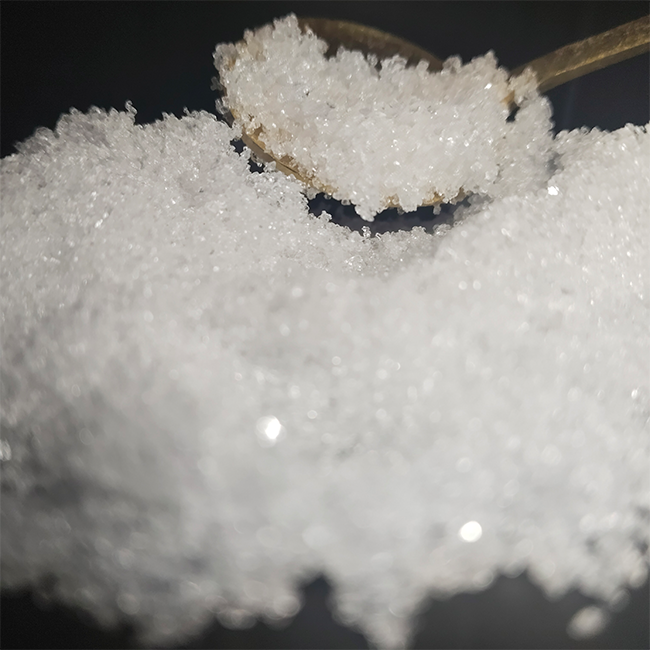Quality Assay for Disodium Hydrogen Phosphate Dodecahydrate

Quality Assay for Disodium Hydrogen Phosphate Dodecahydrate
The quality of Disodium Hydrogen Phosphate Dodecahydrate (CAS 10039-32-4) directly affects the performance and safety of the product, so it is necessary to ensure that its physical and chemical indexes comply with the national standards and industry norms through scientific and rigorous testing methods.
1.Appearance and characterization
The product should be colorless or white crystals or lumps, without impurities visible to the naked eye.
Detection method:
Visual inspection: observe the color, form and uniformity of the sample under natural light.
Solubility test:
Take 1g sample, add 20ml water, it should be completely dissolved;
Add 10ml of ethanol, observe whether turbidity or precipitation occurs.
Stability of water of crystallization: Place the sample in a desiccator for 24 hours, weigh the mass change, and initially determine the stability of water of crystallization.
2. Chemical composition analysis
(1) Content determination
Determination of disodium hydrogen phosphate content is the core of quality testing, mainly using acid-base titration:
Principle: Determine the content of disodium hydrogen phosphate by hydrochloric acid titrant through acid-base neutralization reaction.
Steps: ① Sample pretreatment: need to be dried at 40 ℃ for 3 hours to remove free water, and then dried at 120 ℃ for 4 hours to constant weight.
② Titration process: accurately add 40 mL of hydrochloric acid, stir to dissolve, titrate with sodium hydroxide in stages and record the volume, calculate the mass fraction of Na₂HPO₄ according to the formula, the requirements of industrial grade ≥ 99.0%, food grade ≥ 98.5%.
(2) Identification by infrared spectroscopy
The sample was ground and pressed with potassium bromide, scanned by infrared spectrometer, and the characteristic absorption peaks were confirmed by comparing with the standard spectrum.
3. Determination of moisture content
Method selection: Karl Fischer titration.
Steps:
Take 1.0g of the sample and place it in the titration cell;
Add anhydrous methanol and Karl Fischer reagent, titrate to the end point by galvanometric or volumetric method;
Calculate the moisture content (loss on drying should be 55.0%~64.0%).
4. Packaging and labeling inspection
Packaging integrity: check the sealing of the inner polyethylene plastic bag lined with the outer bag with no signs of damage or moisture.
Labeling compliance:
Check the product name, batch number, net weight (e.g. 25kg/bag);
Confirm the date of production, storage conditions (cool and dry place) and safety warning labels.
5.Testing process and instrumentation
Sample Preparation: Sampling is regulated according to GB/T 619 to avoid moisture absorption or weathering to affect the test results. Laboratory temperature and humidity should be controlled.
Instrument selection: ① acidimeter: GB/T 9724, resolution 0.01 pH5. ② atomic absorption spectrometer: for heavy metal detection, sensitivity needs to be up to ppb level. ③ Constant temperature drying oven: temperature control accuracy ± 2 ℃, for sample pretreatment7.
Data processing: two parallel measurements, the results of the arithmetic mean, the deviation needs to be ≤ 0.3% (content determination) or in line with the standard allowable error
The quality testing of Disodium Hydrogen Phosphate Dodecahydrate needs to strictly follow the national standards and industry norms. Hope this article is helpful to you.
disodium hydrogen phosphate dihydrate synonyms
disodium hydrogen phosphate risk assessment
disodium hydrogen phosphate hazards
disodium hydrogen phosphate dodecahydrate formula
disodium hydrogen phosphate boiling point
disodium hydrogen phosphate dihydrate formula
disodium hydrogen phosphate dodecahydrate molecular weight
disodium hydrogen phosphate dodecahydrate merck